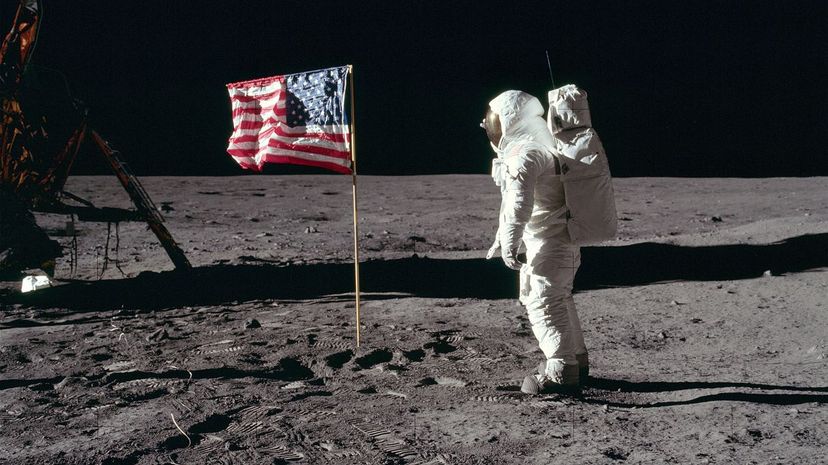
About This Quiz
Most of us played astronaut when we were kids, but for some, the fascination about the big, beautiful expanse of space never left us. We look up at the stars with a sense of adventure and wonder what truly is out there beyond our gaze!
If you have always dreamt of visiting a galaxy far, far away, this space trivia quiz is right up your alley. With questions about our solar system and a few about what lies beyond, we delve deep into the darkest corners of space to test you on whether or not you have the scientific know-how. If you know that the Big Bang Theory is more than just a hit television show and you can tell the difference between a nebula and an asteroid, we challenge you to test your space trivia mettle against these 40 questions.
So let's get down to it! If your knowledge is on-point and truly out of this world, you should have no problem navigating through these brain twisters like an expertly piloted spacecraft through a massive asteroid belt. It's time to see who truly paid attention in high school science class with the supernova of all space trivia quizzes.

Our sun is a big beautiful star and the center of the entire solar system! The sun keeps our planet from turning into one big ball of ice out there in space, so we give it mad respect.
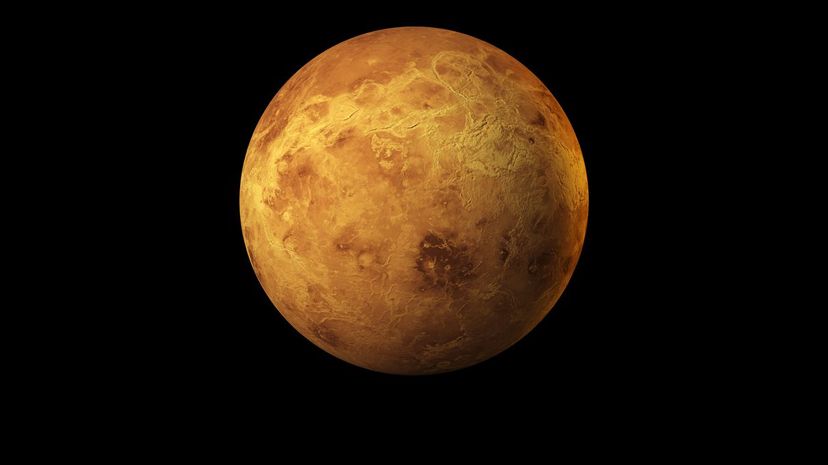
When it comes to planets, Venus really knows how to heat things up as its greenhouse gas effect keeps this planet so sizzling all year round. Talk about being way too hot to handle!
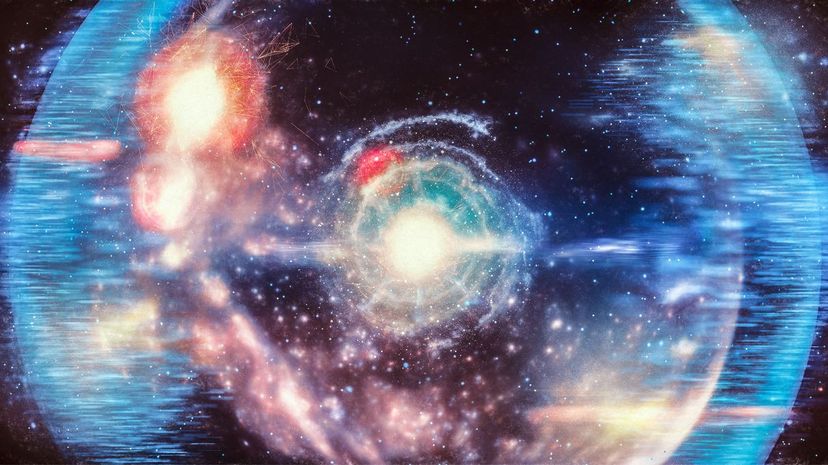
In addition to being a hit television show, The Big Bang Theory is the most popular theory that explains the creation of the universe. It essentially states that the universe exploded into existence.
Advertisement
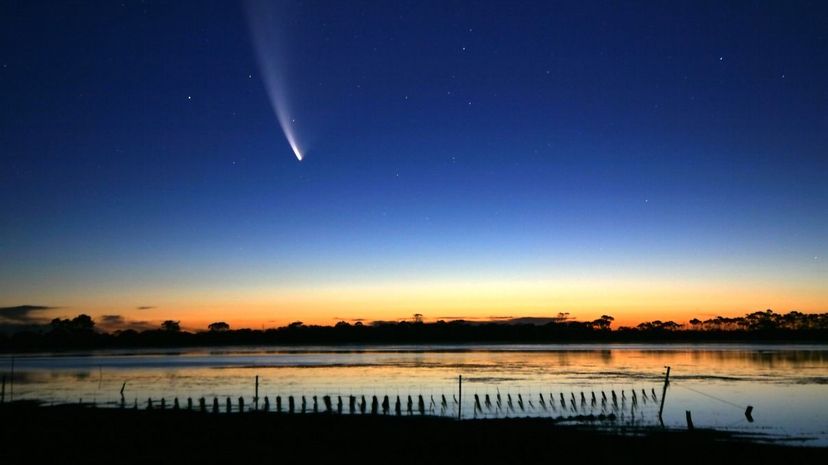
Comet tails are created when the comet passes too close to the sun. They usually consist of gas and dust, and either follow or precede the comet depending on where it is in relation to the sun.
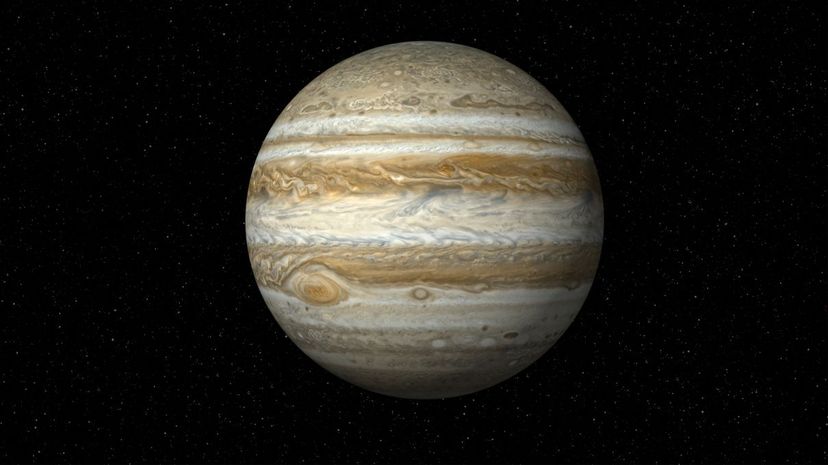
Jupiter has 79 known moons! Io is just one of the more famous moons that orbit around this massive planet. We just know about the 79 moons, but there could certainly be more than that!
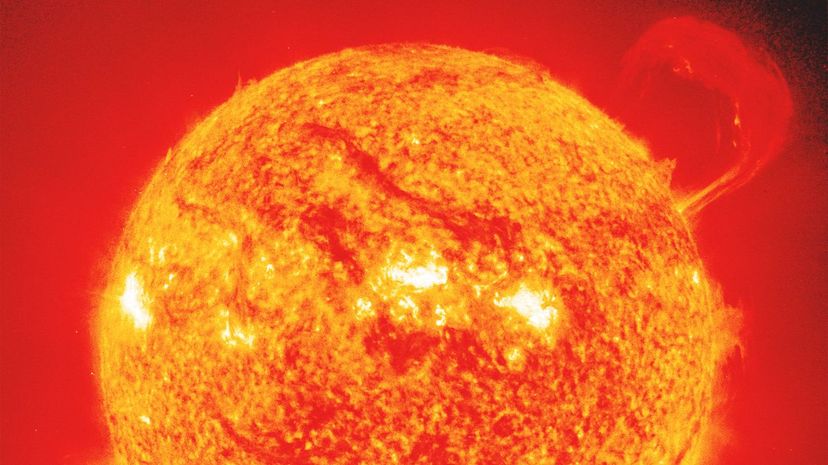
The sun is a giant ball of gas which is comprised mostly of hydrogen and partially of helium. The gas is extraordinarily hot and you couldn't get anywhere near the sun without burning to a crisp.
Advertisement
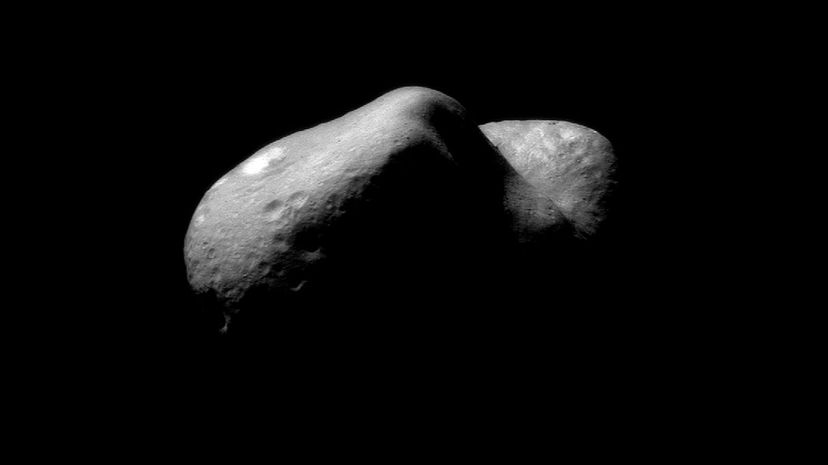
Millions of these huge asteroids litter the vast expanse of space. Although they are giant, they are not considered planets, although the larger ones are sometimes called "planetoids."

Our amazing sun is 4.5 billion years old, give or take a year. This massive star has been around for a long time, and we would be completely lost (and dead) without its warming light.
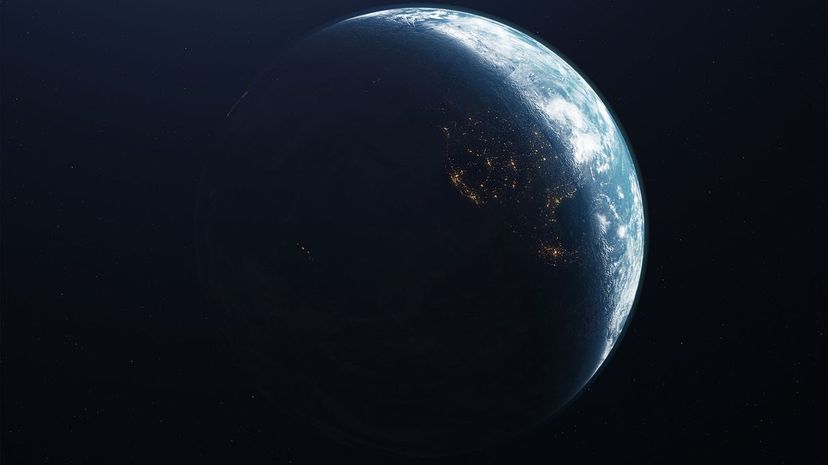
If you want to catch an amazing sunrise, you will have to look to the east! The sun rises in the east and makes its way across our sky over the course of the day, finally setting in the west.
Advertisement
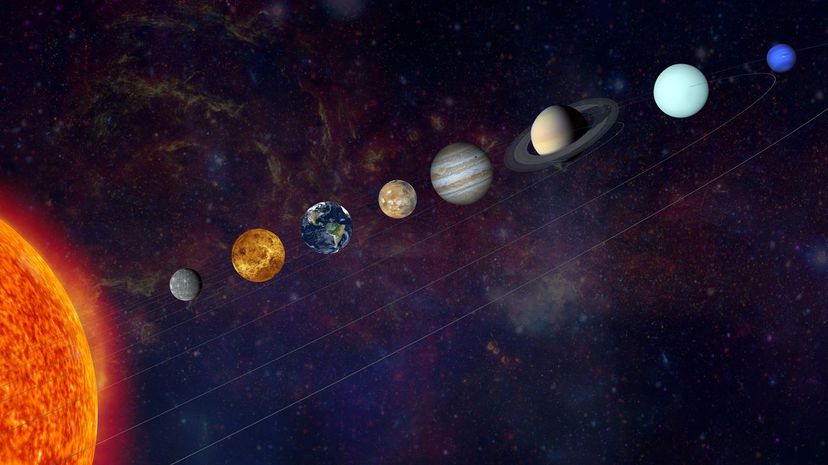
The chilly Neptune is the planet that is furthest away from the sun. This giant has 17 times more mass than our Earth and is known for being dark, icy and totally mysterious.
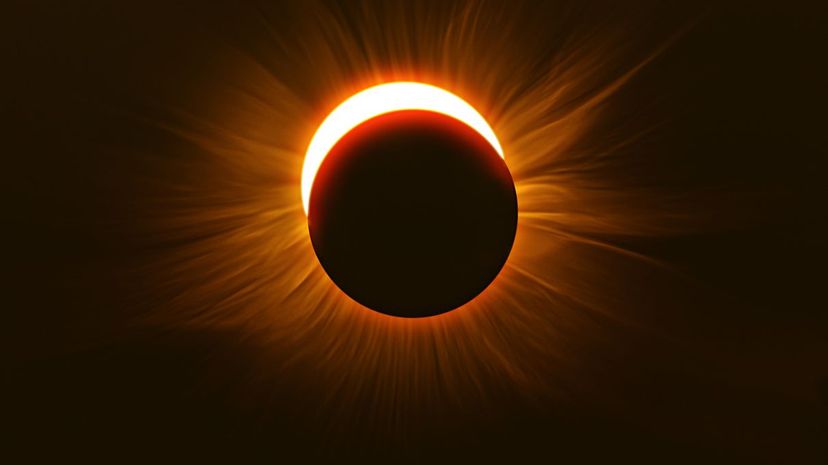
When the sun, moon and Earth are aligned in a specific way, the sun can temporarily be blocked out by the shadow of the moon. We call this a solar eclipse, and it's a highly anticipated celestial affair.
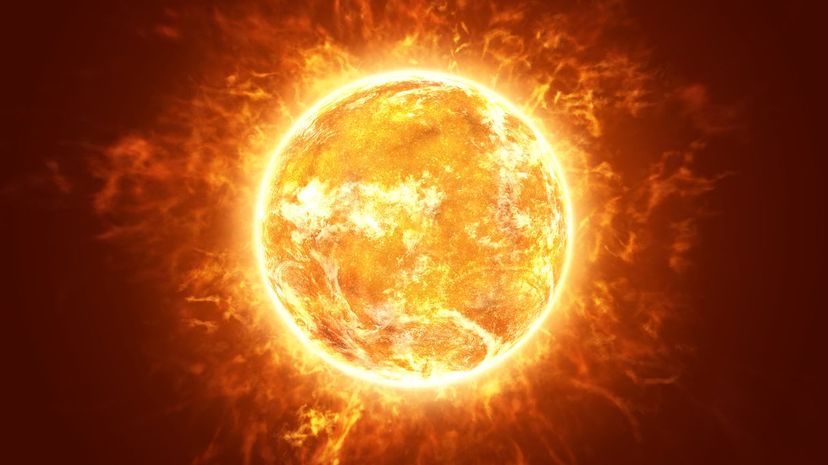
Like many celestial bodies in our galaxy, the sun is named after a Roman god. Sol is the Roman counterpart of the Greek god Helios, who is fittingly the god of the sun. Sol is also "sun" in Spanish!
Advertisement
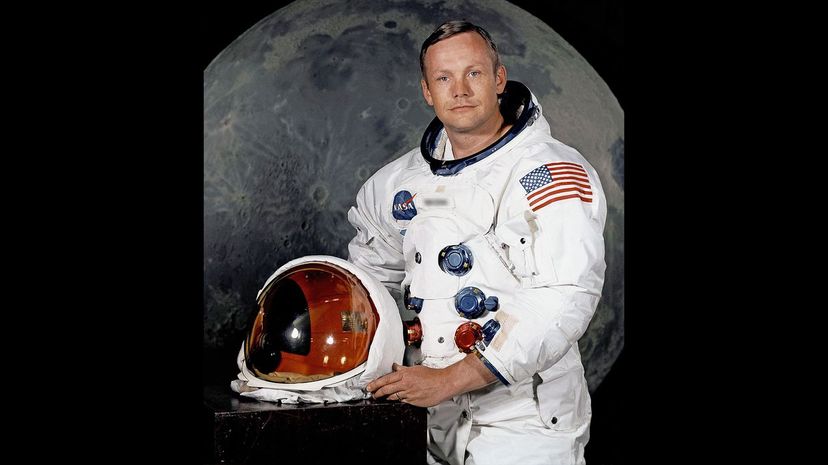
It was simply one small step for Neil Armstrong, but one giant leap for all of mankind when this pioneering American astronaut became the very first person to set foot on the moon.
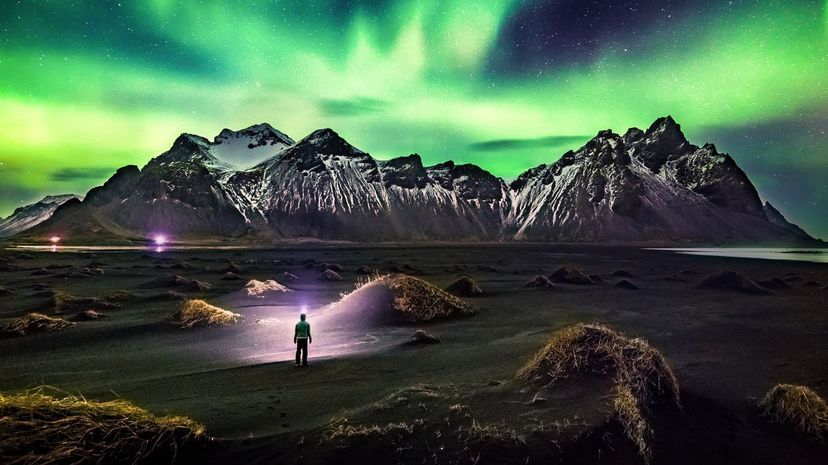
Visit Alaska during the winter, and you might get treated to one of the most amazing light shows that you will ever see. The Aurora Borealis is a burst of beautiful color in the sky, caused partially by the solar wind.
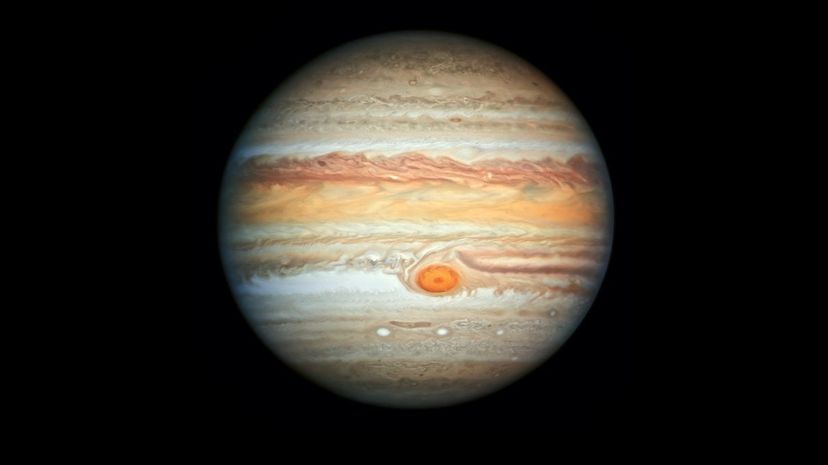
Jupiter is an absolutely enormous planet. It is twice the size of all other planets in our solar system combined and has 318 more mass than Earth. This giant is the fifth planet from the sun.
Advertisement
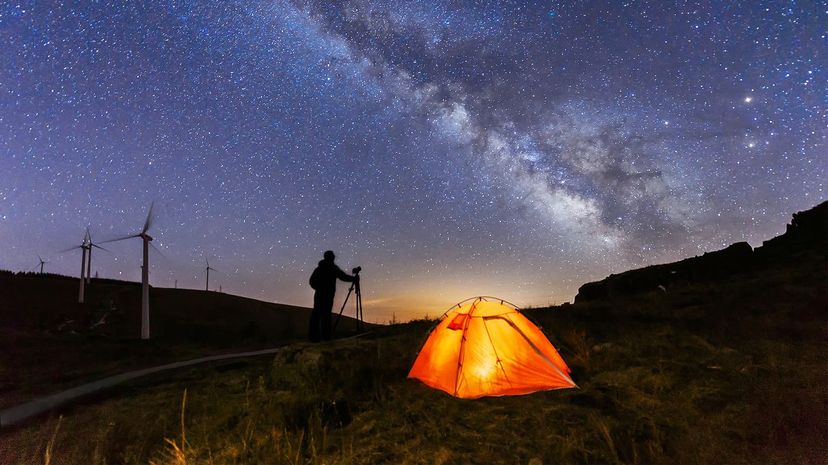
This might be a tough one for some people to wrap their minds around, but many of the stars that we gaze up at no longer exist. This is because light takes time to travel, and the stars are so far away.
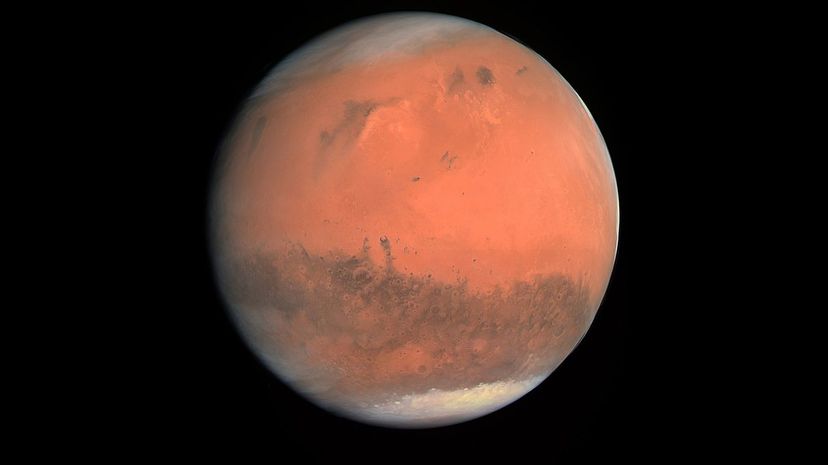
Mars is nicknamed "The Red Planet" because the iron oxide that dusts its surface gives it the unmistakable red hue that makes it stand out in the sky. There is also a blockbuster movie called "The Red Planet."
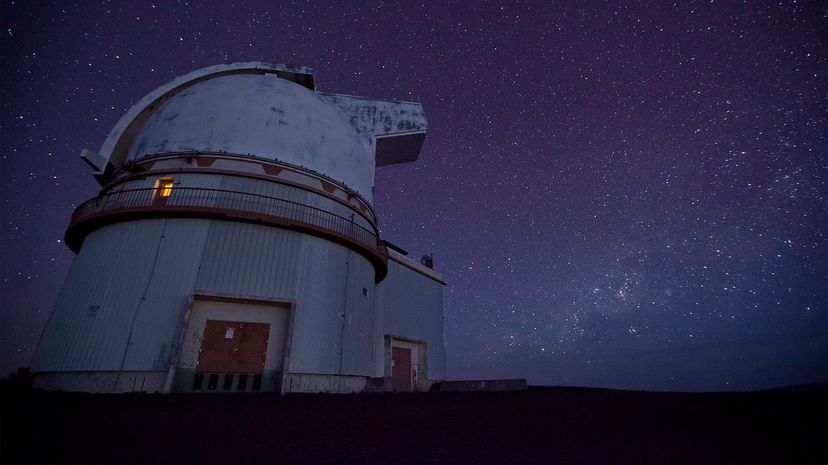
Astronomy mixes together some of the most important scientific practices like math, chemistry and physics to study what is going on in the outer space that surrounds our home planet.
Advertisement
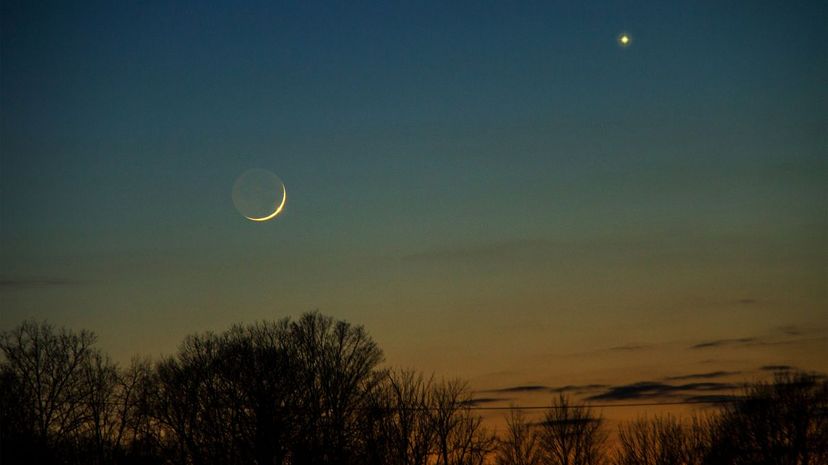
Venus is known as "The Morning Star" because it rises just a few hours ahead of the sun and fades away as the day begins. Ancient seafarers used Venus as a way to navigate their ships.

Galileo Galilei is one of the most important people when it comes to the study of astronomy. He pioneered the idea that the Earth revolved around the sun, a radical notion at the time.

The Event Horizon is the absolute last place that you can turn back before getting sucked into a black hole with no escape, but we would advise that you not even get that close to one!
Advertisement
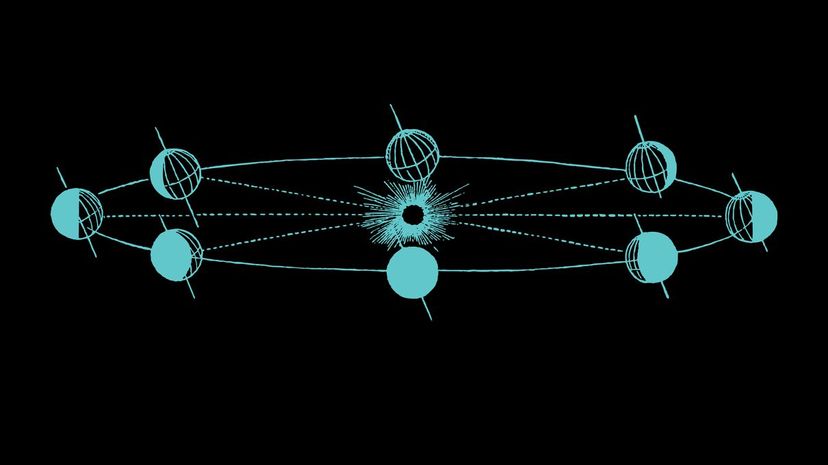
An orbit is a path that one celestial body makes around another celestial body because of gravitational pull. Our Earth orbits the sun, and our moon orbits us, making the journey in roughly one month.

Gravity is essentially what keeps all objects where they are supposed to be in our universe. The gravity of our planet Earth keeps us from flying off into space, as the Earth attracts us to it.
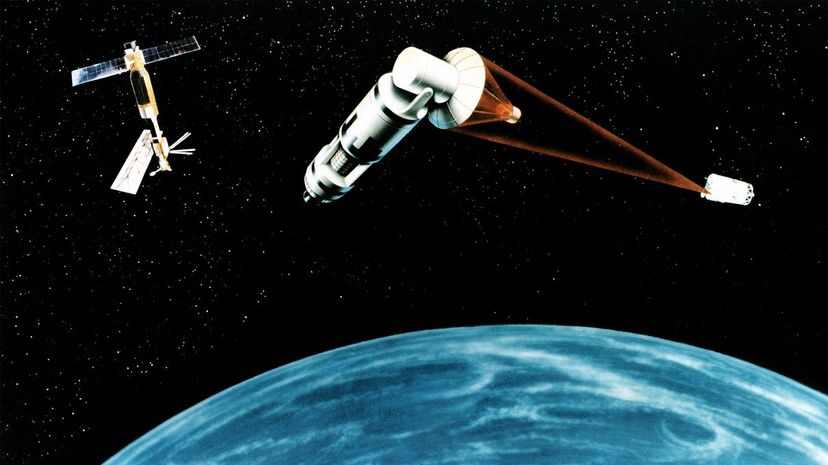
Ronald Reagan's Strategic Defense Initiative, also known as "Star Wars" was a missile defense system launched up into space to protect the United States from Russian nuclear attack.
Advertisement
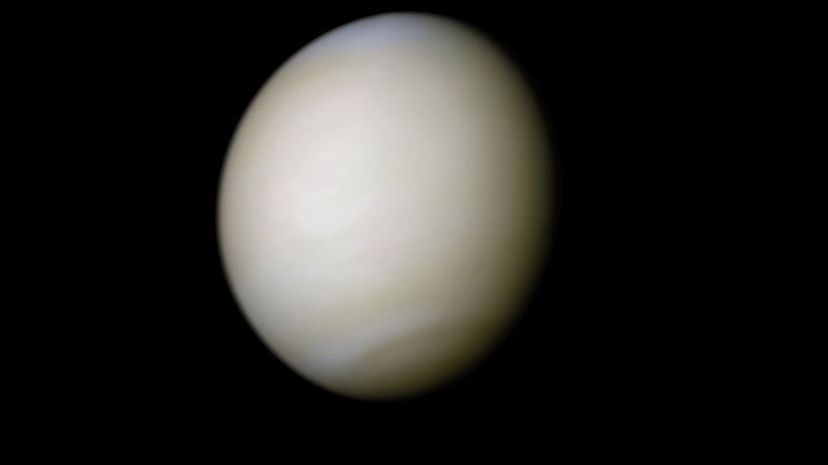
Venus is the second planet from the sun and is known for its steamy atmosphere and volcanic landscape. It is far too hot to live on and is named for the Roman goddess of beauty. In the real-color image show here, the surface is obscured by thick sulfuric acid clouds.

Orion's Belt is a constellation that is made up of three brilliant stars: Alnilam, Mintaka and Alnitak. It is easily visible in the sky and has been traditionally used for navigation.
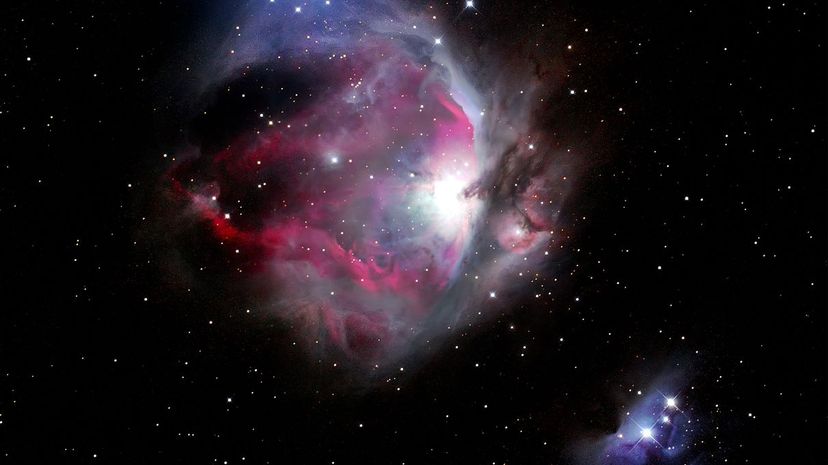
Nebulas are brilliant clouds of gas and dust that drift around in the sky and act as the birthplace for new stars. They are often very far away from our planet and can only be faintly seen.
Advertisement
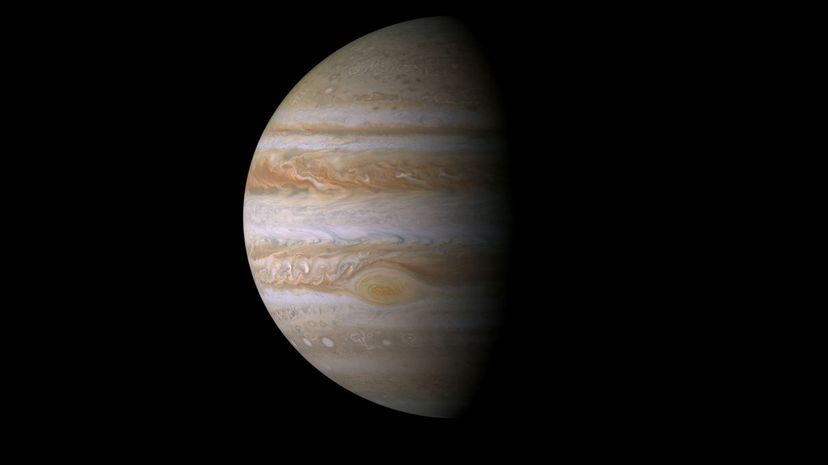
The giant of our galaxy is also home to the "Great Red Spot." Jupiter's trademark spot is likely the case of an anticyclonic storm that wages on the planet due to very high pressure.
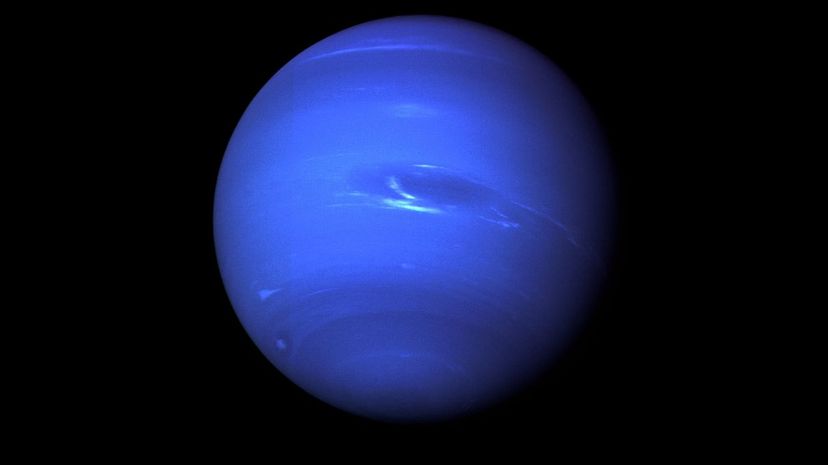
The ice giant Neptune is named after the Roman god of the sea. It is so far away from Earth, that it is the only other planet in our universe that can't be seen with the naked eye.

The Russian term for "astronaut" is "cosmonaut." The most famous Russian cosmonaut is Yuri Alekseyevich Gagarin, the first person to go into space. There have been several notable cosmonauts since then. Shown here is Valentina Tereshkova, the first woman in space.
Advertisement

Mercury is the smallest planet in our universe, and also the closest to the sun. Although Mercury is closest to the sun, it's not as hot as Venus because its atmosphere is different.
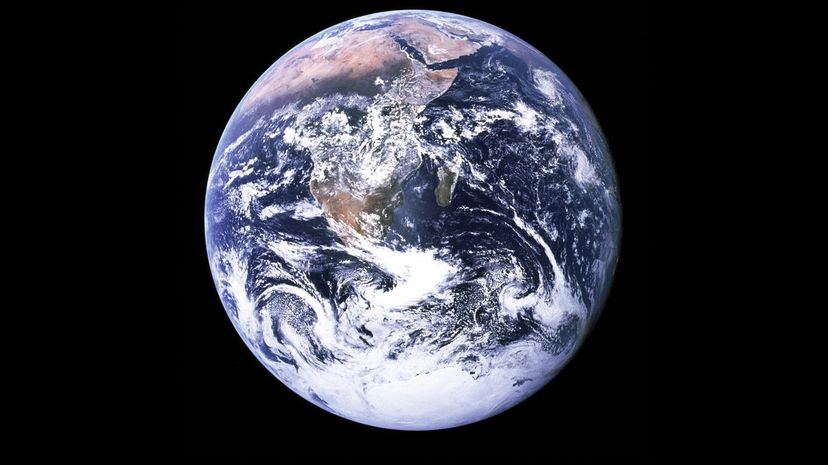
Earth is known as "The Blue Planet" because, when seen from space, it appears to be greenish-blue. This is because Earth is mostly covered in water, which appears blue from outer space.

Black holes are famous traps for everything imaginable, including light. They are created when stars collapse and are surrounded by an Event Horizon, which you cross at your own risk.
Advertisement
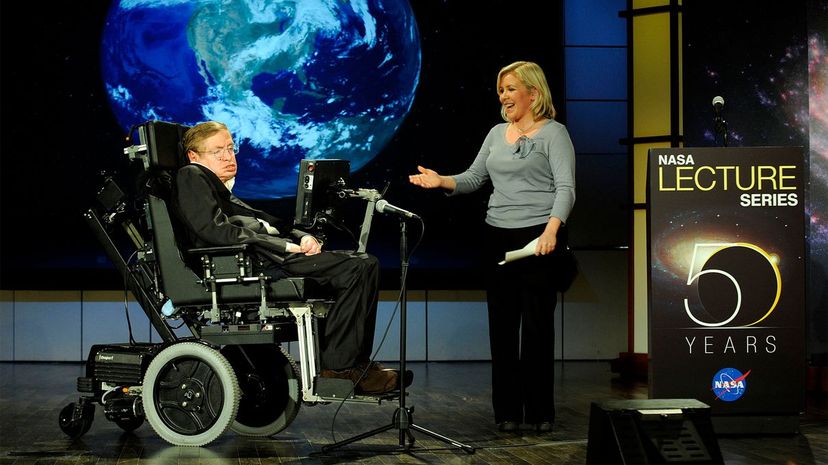
Stephen Hawking was a theoretical physicist who penned a number of brilliant books and theories about black holes. He was one of the most influential scientists the world has ever seen.
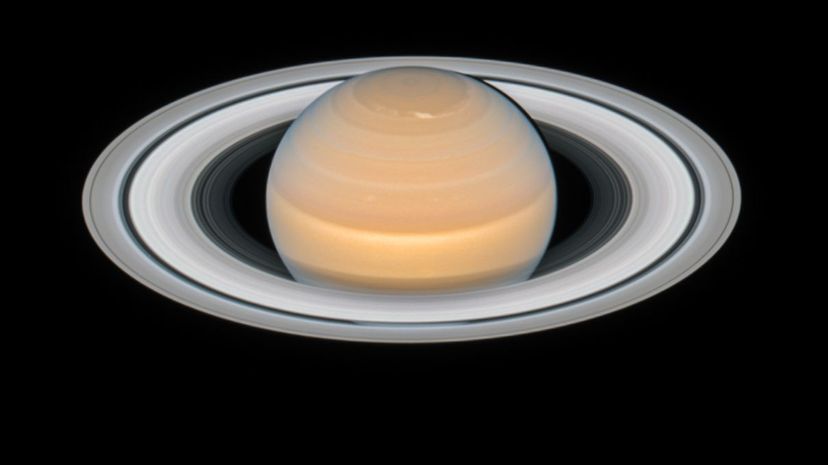
Tiny Mercury does not have any rings. It also does not have a moon. It is theorized that any moon or rings would be pulled into the sun since Mercury is so close to that giant star. Shown here is an image of Saturn and its rings taken by NASA's Hubble Space Telescope.

Leo is one of the first constellations that was ever discovered and also represents the zodiac Leo sign, a fire sign that represents people born between July 23rd and August 22nd.
Advertisement
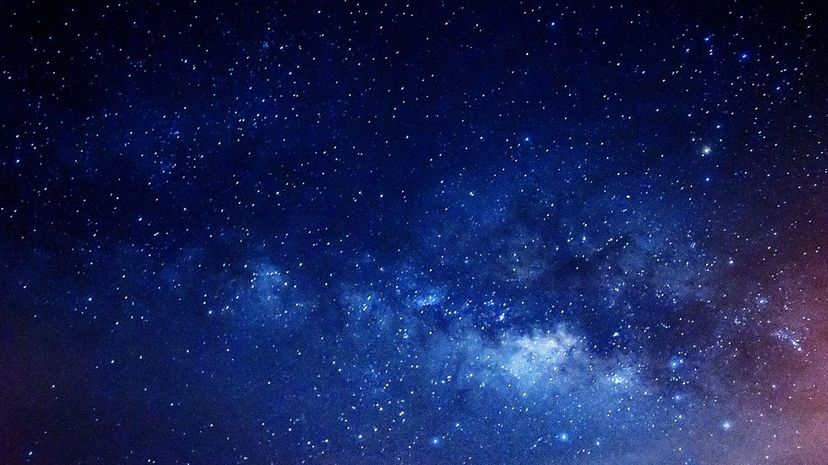
Stars do not burn forever and all of them, including our own sun, will eventually run their course and burn out. When larger stars finally do die they can collapse and form black holes.
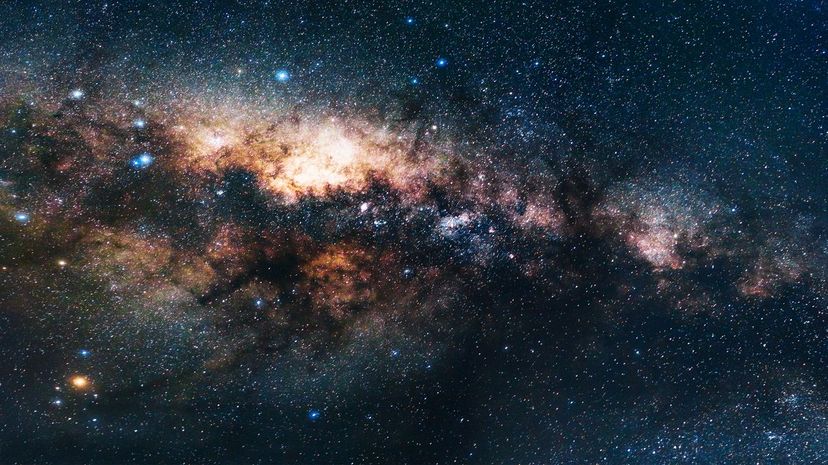
Our galaxy exists within the massive Milky Way Galaxy, a huge spiral-shaped galaxy that is one of many in the overall universe. Our whole galaxy has not been fully mapped because it's so massive.
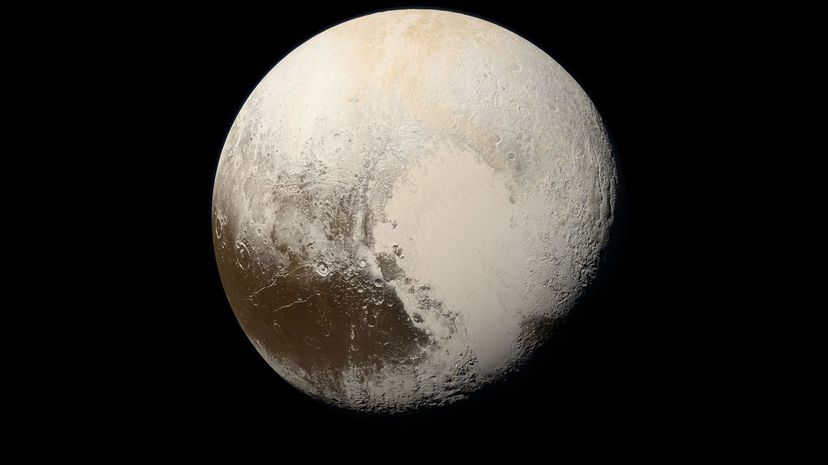
Poor Pluto! This tiny planet used to be the ninth in the solar system, but it has since been demoted to a dwarf planet. It happened because the International Astronomical Union changed the qualifications for planethood.
Advertisement
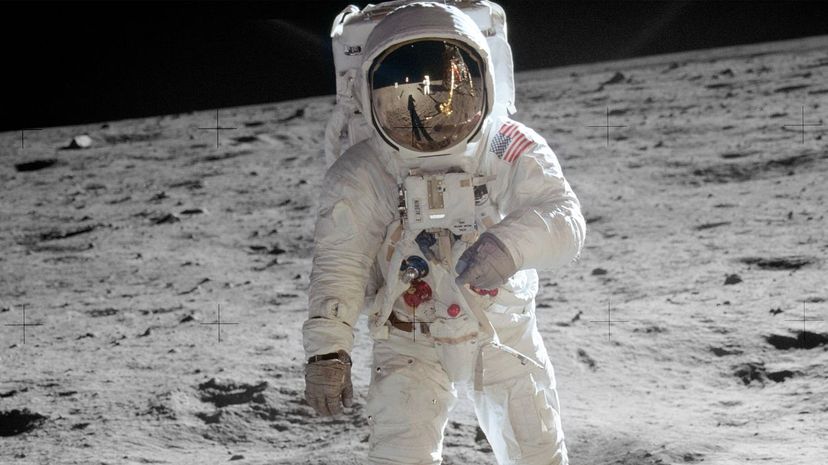
It was just one small step for man, but one giant leap for mankind when Neil Armstrong took the first tentative steps on the moon. This game-changing event happened on July 20, 1969. Shown here is Buzz Aldrin in a photo taken by Neil Armstrong, who can be seen in the reflection in Aldrin's visor.